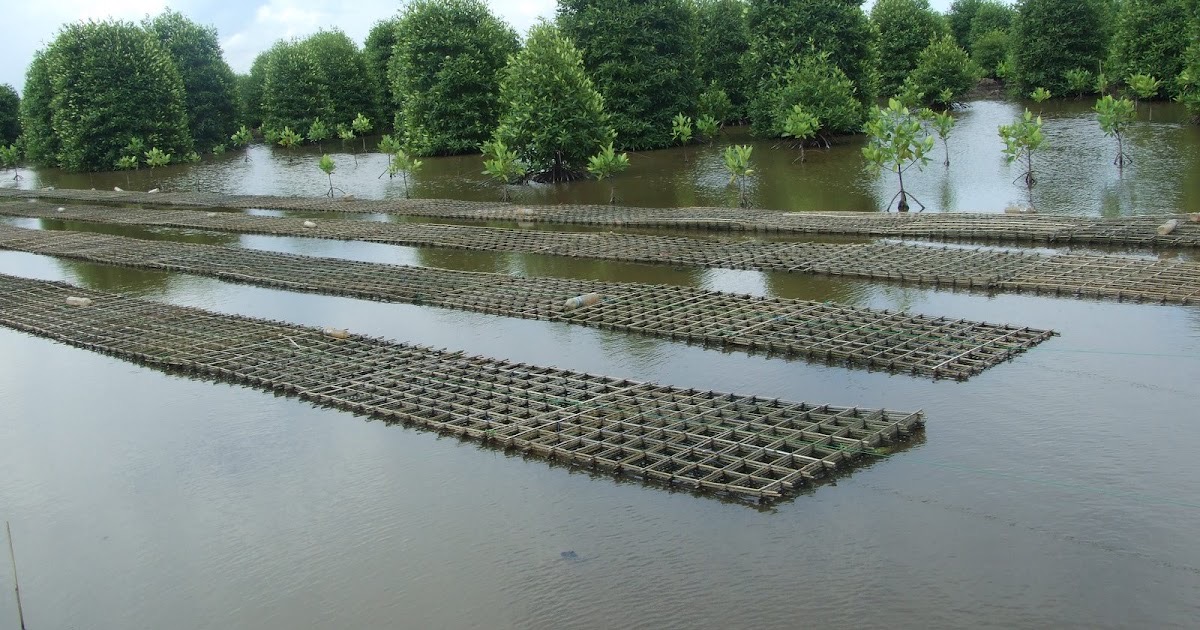Mangrove Conservation on the North Coast of Java: From Ponds to Silvofishery

Photo Credit : Samsul Rizal
Mangrove Area on the North Coast of Java
The North Coast region of Java has quite a large area of mangrove forest. In Central Java, the area of mangrove forests based on canopy density reaches 15,089 Ha. Meanwhile in West Java (including Banten and DKI Jakarta), the total mangrove area based on canopy density level reached 14,178 Ha. East Java ranks at the top as the province with the largest mangrove forest area on the island of Java, with a total area reaching 27,221 Ha (National Mangrove Map, 2021).
Conversion of Land Into Ponds
The conversion of agricultural land or rice fields into ponds in coastal areas became widespread in the early 1980s. One of the main causes is because rice fields in coastal areas are increasingly affected by salinity, so that many mangrove lands have changed their function to become fish and shrimp ponds.
Policy Not to Cut Down Mangroves
The Indonesian government has made efforts to increase mangrove protection. One way is to introduce spatial planning, a system for resolving land use conflicts and balancing environmental and economic considerations by designating zones for special uses. Special use zones are zones designated by the government for specific purposes, for example conservation, research, education, or utilization of natural resources. Mangrove special use zones can help protect mangrove ecosystems from the threat of land conversion such as aquaculture or coastal development.
Apart from that, in 2016, through Minister of Agriculture and Fisheries Regulation Number 75/2016, the government prohibited farmers from opening new ponds in mangrove forests and in the core zone of conservation areas. This is done as an effort to protect the mangrove ecosystem which has an important role in maintaining the balance of coastal and marine ecosystems.
Technical Rehabilitation of Mangroves in Ponds by Maintaining Fisheries
One rehabilitation method that allows the community to play an active role is the application of silvofishery technology. Silvofishery is a traditional technology aquaculture system that combines fishing with mangrove planting. With this technique, the land to be reforested can reach around 80% of the pond area.
In the rehabilitation process, there are five important steps, namely understanding autecology, understanding normal hydrological patterns, researching changes that occur in the mangrove environment, designing a hydrological restoration program, and carrying out seeding and planting.
With these efforts, it is hoped that the mangroves on the North Coast of Java can be preserved, while providing economic benefits for the surrounding community through the fisheries sector.

